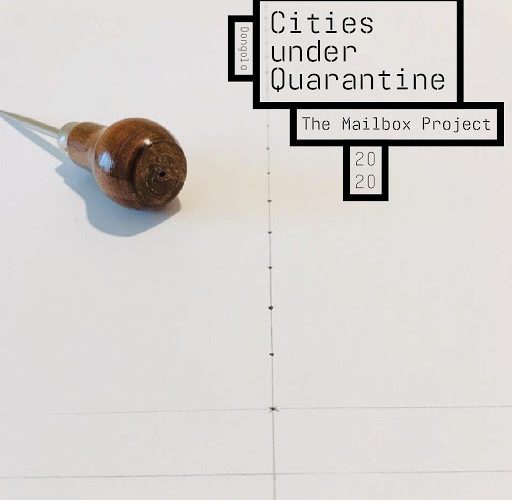Arts & Culture
12.27.2023
Maté : the bridge between the Levant and Latin America

Many Latin American football stars are often photographed drinking Maté, but the drink is also popular in the Levant. So, how did it get there?
Maté, derived from the Quechua word ‘mati’, is traditionally prepared in a gourd and sipped through a metal straw, known as a bombilla. The drink, made from the leaves of the Yerba maté plant (Ilex paraguariensis), originated in South America, particularly in countries like Argentina, Paraguay, and Brazil. Argentina, the world’s leading producer of Yerba maté, exported 42.9 million kilograms of the herb in 2020, with Syria being its largest market, accounting for 76% of its exports.
How did it reach the Levant?
The roots of maté’s prominence in the Middle East can be traced back to the early 20th century when thousands of Syrians and Lebanese migrated to Argentina. Researchers estimate that around 46,000 people from these regions had moved to Argentina before 1913, fleeing the turmoil of the Ottoman Empire’s fall and seeking refuge from the emerging conflicts in the region. But it wasn’t until the late 1960s that maté made a significant entrance to the Middle East. Economic downturns in South American nations and political instability, characterized by coups and military dictatorships, prompted many Levantine immigrants to return to their native lands. This period coincided with an economic boom in the Middle East, driven by the oil industry.
“Maté originated in Argentina and is said to have been brought here by migrants who returned,” explains Samah Halawi, a Druze sheikh to Le Point.
View this post on Instagram
The returnees brought with them the tradition of maté, integrating it into their communities. In Lebanon and Syria, maté quickly became a symbol of hospitality, especially among the Druze community, who had been particularly affected by the historical upheavals of the 19th and 20th centuries.
Maté with a Levantine touch
In Syria and Lebanon, maté is often served on a tray, accompanied by lemon peel, sugar, and sometimes herbs, reflecting local tastes and preferences. The equipment used for drinking maté also differs; instead of the larger South American gourds, smaller gourds (qar’a) are preferred, along with a shorter version of the bombilla, known locally as masassa.
popular

